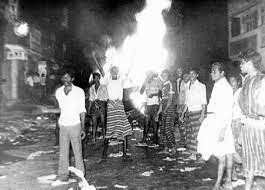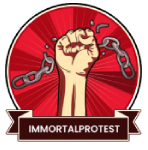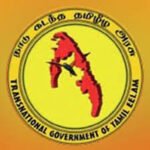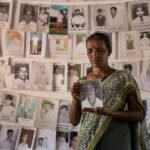
How did the anti-Tamil riots of 1983 influence the conflict in Sri Lanka?
The anti-Tamil riots of July 1983, known as Black July, had a profound and lasting influence on the conflict in Sri Lanka, significantly shaping the course of the civil war and the dynamics between the Tamil and Sinhalese communities. Here are some key ways in which these riots influenced the conflict:
1. **Escalation of Violence**: The riots marked a critical turning point, escalating tensions between the Sinhalese majority and the Tamil minority. The brutal violence against Tamils led to a significant increase in hostility and resentment, deepening the divide between the two communities.
2. **Radicalisation of Tamils**: The violence prompted many Tamils to abandon hopes for peaceful coexistence and political solutions. The brutal nature of the riots radicalised segments of the Tamil population, leading to increased support for militant groups like the LTTE, which promised to fight for Tamil rights and autonomy.
3. **Mass Displacement**: The riots resulted in the deaths of thousands of Tamils and the displacement of many more. This mass exodus contributed to the formation of refugee communities abroad and increased the international visibility of the Tamil struggle, garnering sympathy and support from the Tamil diaspora.
4. **International Attention**: Black July brought significant international attention to the ethnic conflict in Sri Lanka. It highlighted the plight of Tamils, leading to increased advocacy from human rights organisations and the Tamil diaspora for international intervention and support.
5. **Shift in Political Dynamics**: The events of 1983 shifted the political landscape in Sri Lanka. The Sinhalese government, rather than addressing the grievances of the Tamil community, adopted a more hardline approach. This further alienated Tamils and reinforced the belief among many that armed struggle was the only viable option for achieving their rights.
6. **Formation of a Consolidated Tamil Identity**: The riots contributed to the consolidation of a distinct Tamil identity, unifying various factions within the Tamil community. This sense of shared victimhood and collective identity fuelled support for the LTTE and other Tamil nationalist organisations.
7. **Impact on Peace Efforts**: The brutality of Black July created deep-seated mistrust between the two communities, complicating subsequent peace efforts. Many Tamils viewed the government as incapable of ensuring their safety and rights, which made negotiations challenging.
8. **Prolonged Conflict**: The riots set in motion a cycle of violence that led to a protracted civil war lasting nearly three decades. The LTTE grew in strength and influence, leading to a full-scale armed conflict that resulted in significant loss of life and suffering on both sides.
In summary, the anti-Tamil riots of 1983 were a catalyst for the escalation of the Sri Lankan civil war, transforming the conflict from a political struggle into an armed insurgency. The legacy of Black July continues to affect ethnic relations and political discourse in Sri Lanka today.






